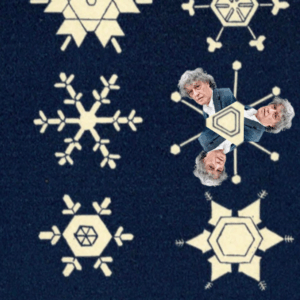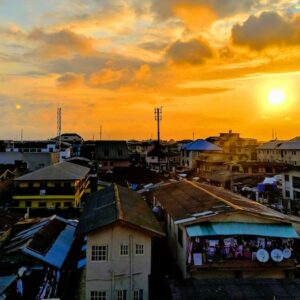When architectural photographer Elizabeth Felicella was not working for clients, she spent her free time photographing all 210 branches of New York City’s Public Library system. Five years later, the resulting work, Reading Room, is essentially an enormous catalog of over 2,000 negatives covering libraries in all five boroughs. We chose some of our favorites to feature below…
 Belmont Branch Library, Bronx
Belmont Branch Library, Bronx
Reading Room: A Catalog of New York City’s Branch Libraries
Photographs and text by Elizabeth Felicella
Reading Room was photographed between 2008 and 2013 with some later additions. It includes all the branch libraries of New York City’s three public library systems: 210 branches in all, spread across the five boroughs.
 Spuyten Duyvil Branch Library, Bronx
Spuyten Duyvil Branch Library, Bronx
Through arrangements with each of the library systems, I worked mornings before the branches opened to the public. I traveled by subway and bus and made six to twelve pictures of each branch, interiors and exteriors, using a 4 x 5 inch view camera. My archive, to date, holds over 2,000 negatives.
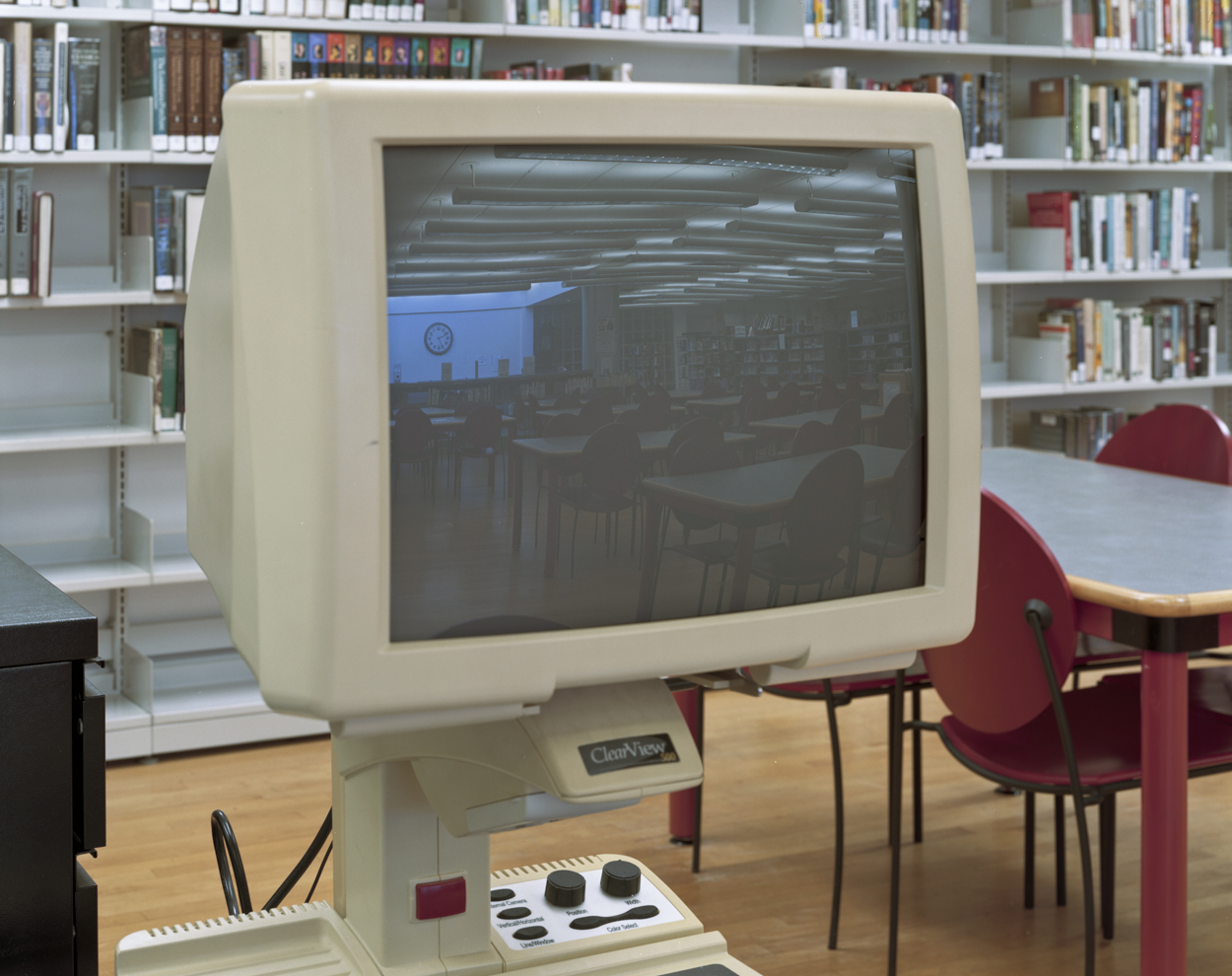 New Dorp Branch Library, Staten Island
New Dorp Branch Library, Staten Island
The library was a generous subject—it served as a rich source for reflection on both the topic at hand and on my work as an architectural photographer. One of Melvil Dewey’s objectives in establishing his decimal system for library classification was to encourage browsing: materials were organized by subject in open stacks so that a reader might encounter a related, but perhaps unknown book, on her trip to the shelf. I identified with Dewey’s reader and adopted “browsing” as a criterion for shooting—a process that might render more or different things than I anticipated.
I borrowed metaphors from the library and began thinking of my photography in terms of reading and writing. The library offered a reprieve from the often strict conventions of architectural photography. Without abandoning my objective of describing each branch in pictures, I took license to shoot in long and short sentences: big, overall views full of tables and chairs, but also plants, bathroom graffiti, pencil sharpeners (a lot of them), magazine covers, people waiting in line outside. No shot list was applied: I photographed what struck me, following tangents, filling out categories that emerged on their own over the course of the project. The richness of the process was the richness of the branches themselves. I found them beautiful, even and sometimes especially the most neglected, with their layers of use, fragments of earlier arrangements, updates, familiar elements, improvisations, accidents, incongruities: in short, places that look something like what everyday thinking feels like.
I began by browsing; in the end, if I have come away with an agenda or a wish, it is that the branch buildings of New York City’s public libraries be understood and maintained as a collection—a rare and living architectural legacy, all the more extraordinary for its mutations, planned and unplanned, over the course of the last century. It is a collection that is part and parcel of the evolution of modern public life as we know it; places that reflect and shape our best and changing aspirations as a society and as individuals within it.
 Wakefield Branch Library, Bronx
Wakefield Branch Library, Bronx
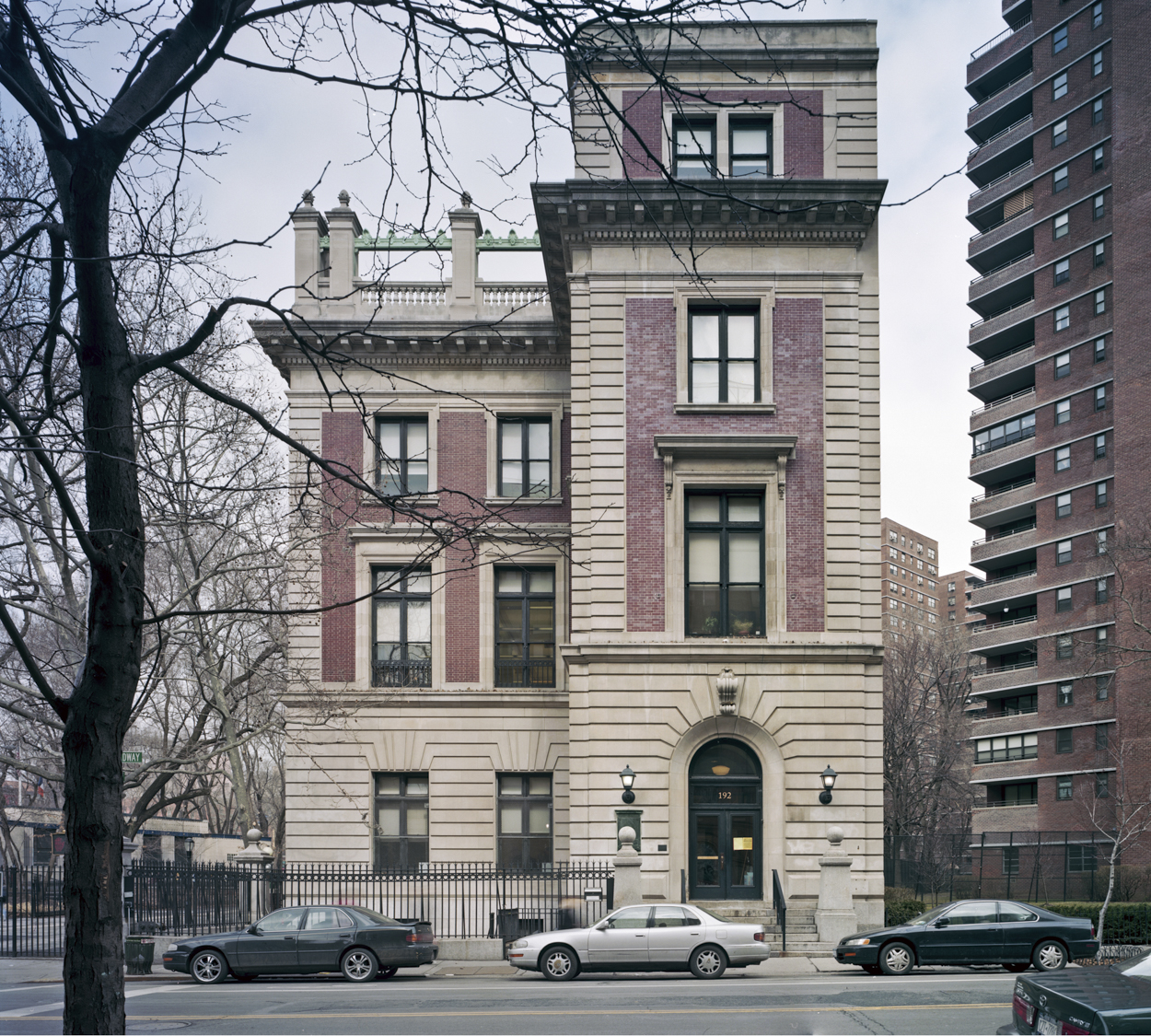 Seward Park Branch Library, Manhattan
Seward Park Branch Library, Manhattan
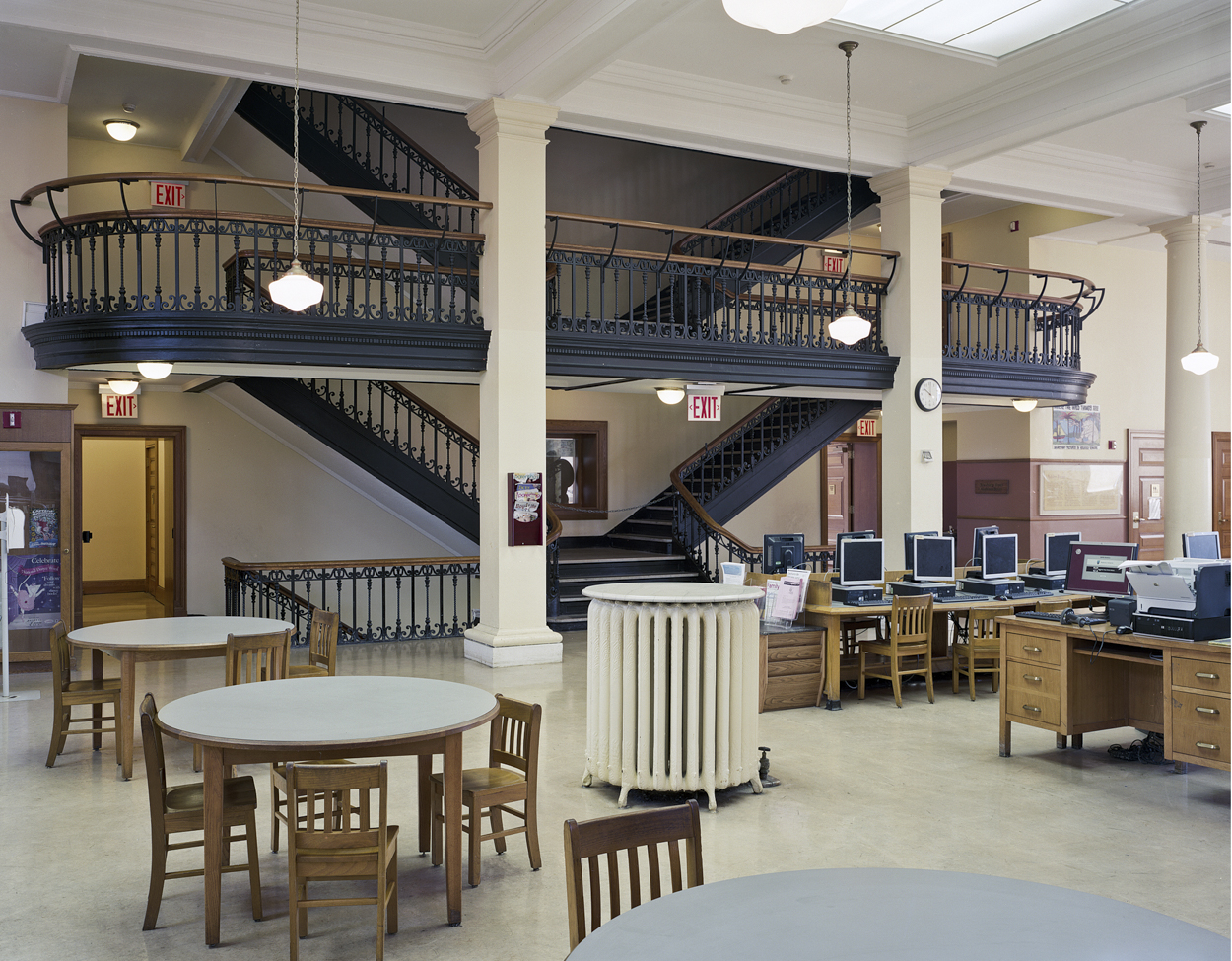 Mott Haven Branch Library, Bronx
Mott Haven Branch Library, Bronx
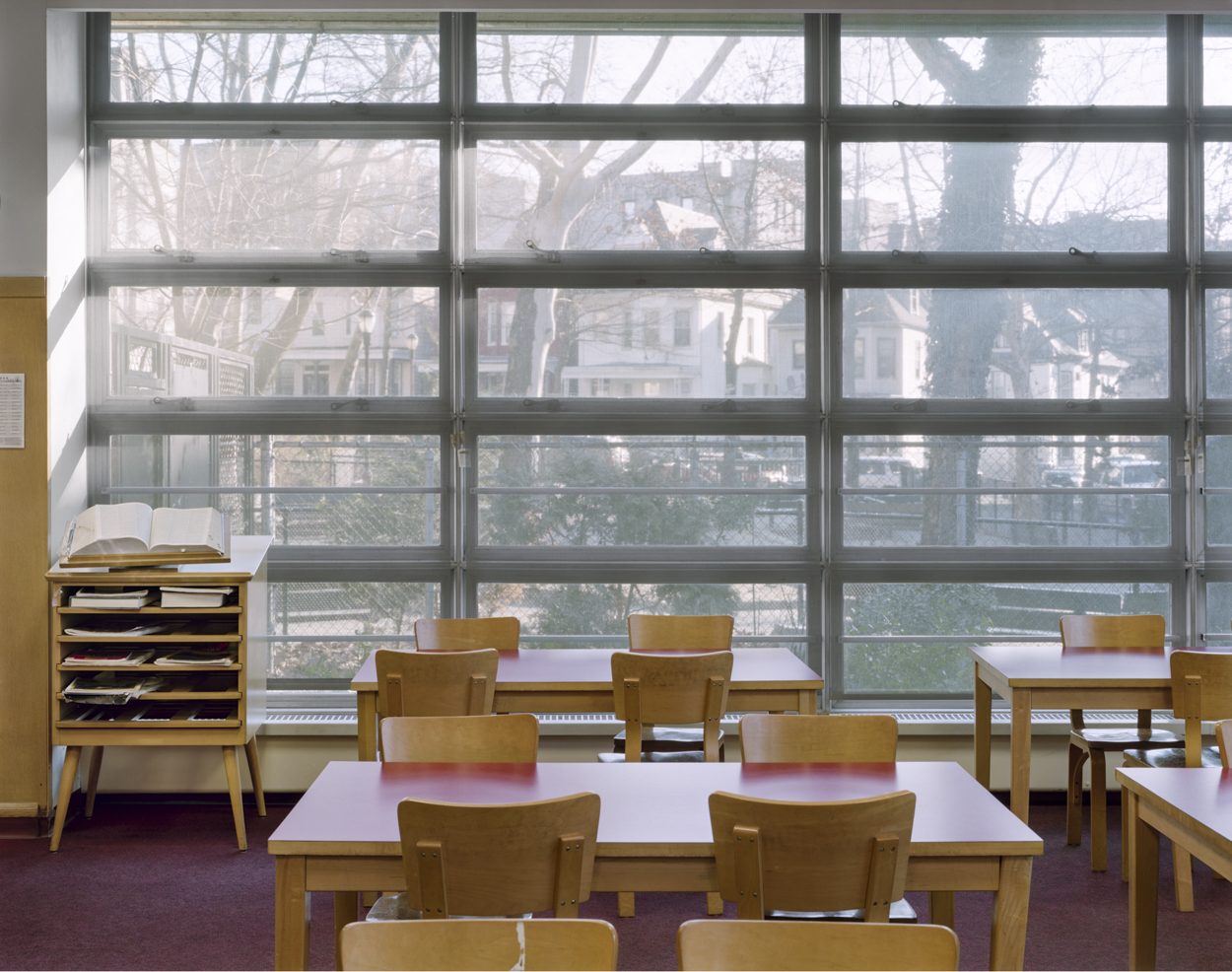 Mosholu Branch Library, Bronx
Mosholu Branch Library, Bronx
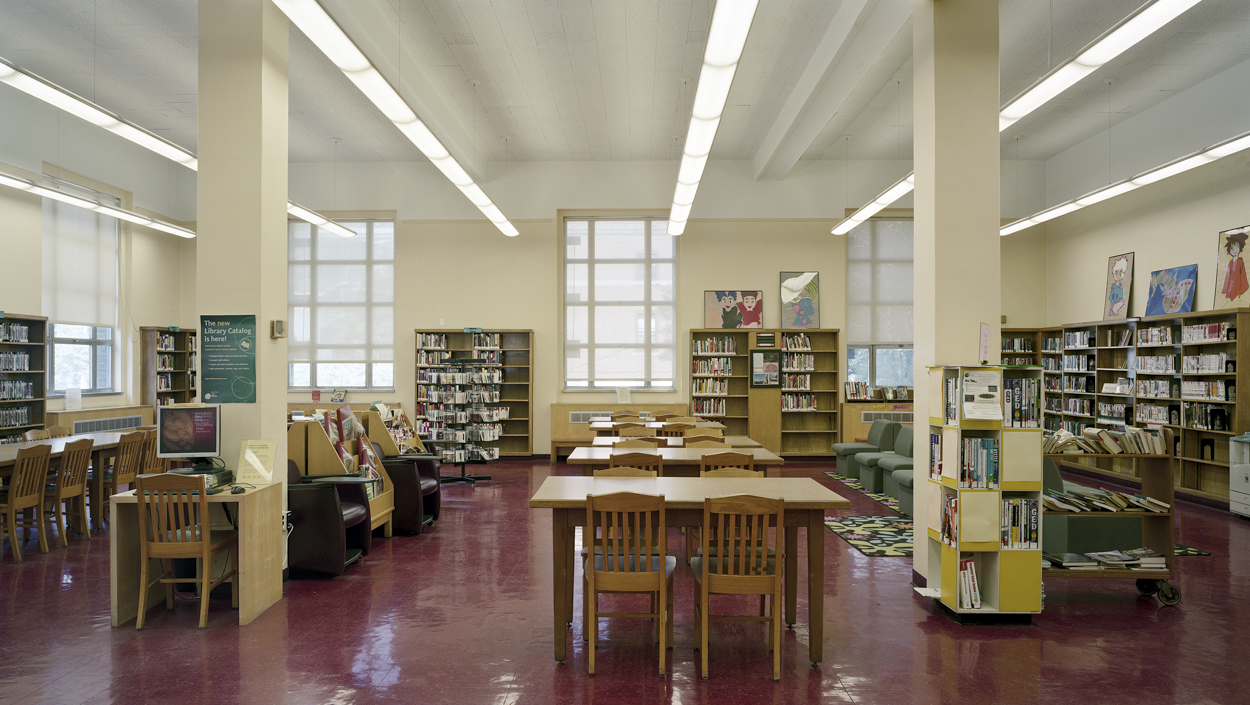 Melrose Branch Library, Bronx
Melrose Branch Library, Bronx
 Clarendon Branch Library, Brooklyn
Clarendon Branch Library, Brooklyn
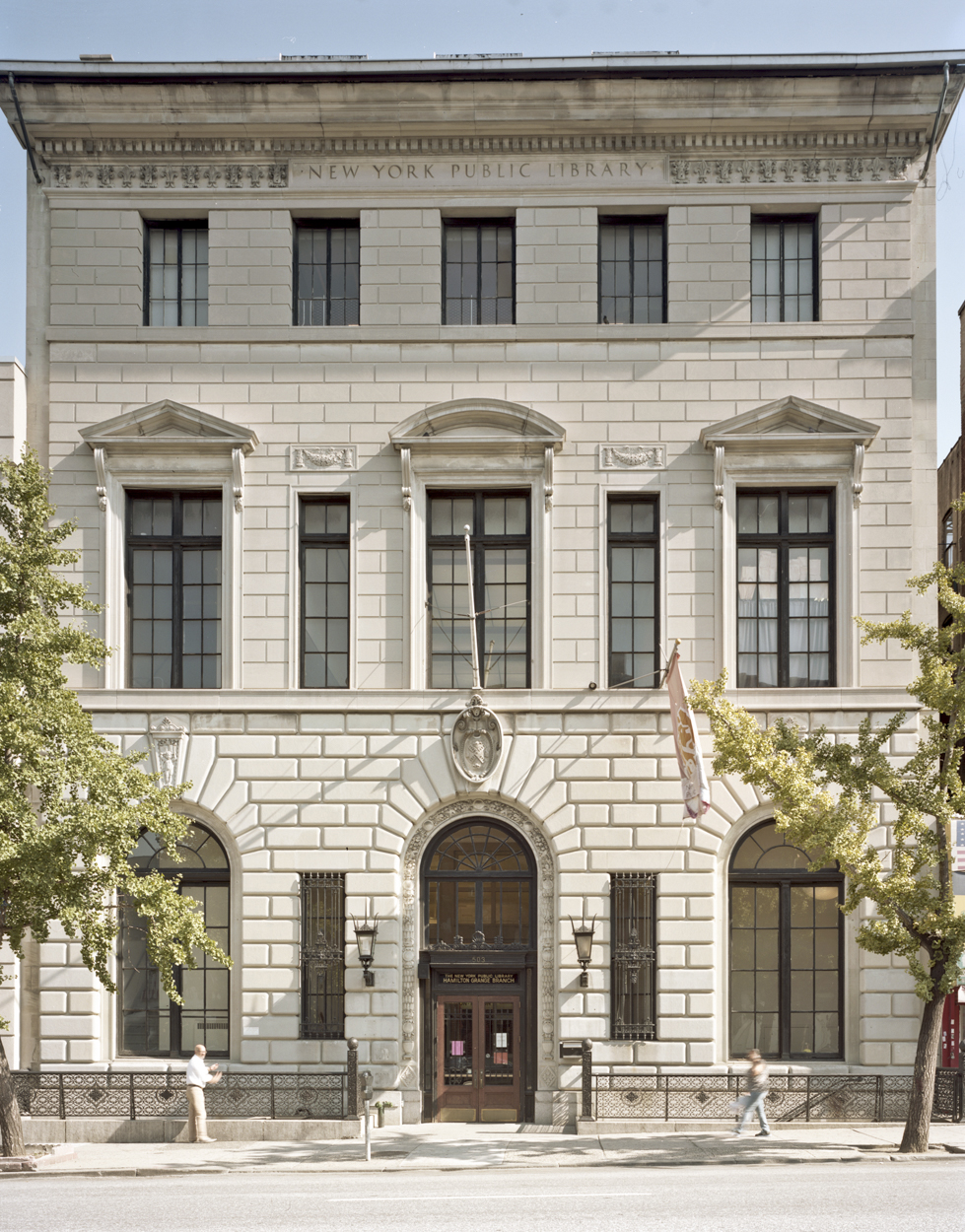 Hamilton Grange Branch Library, Manhattan
Hamilton Grange Branch Library, Manhattan
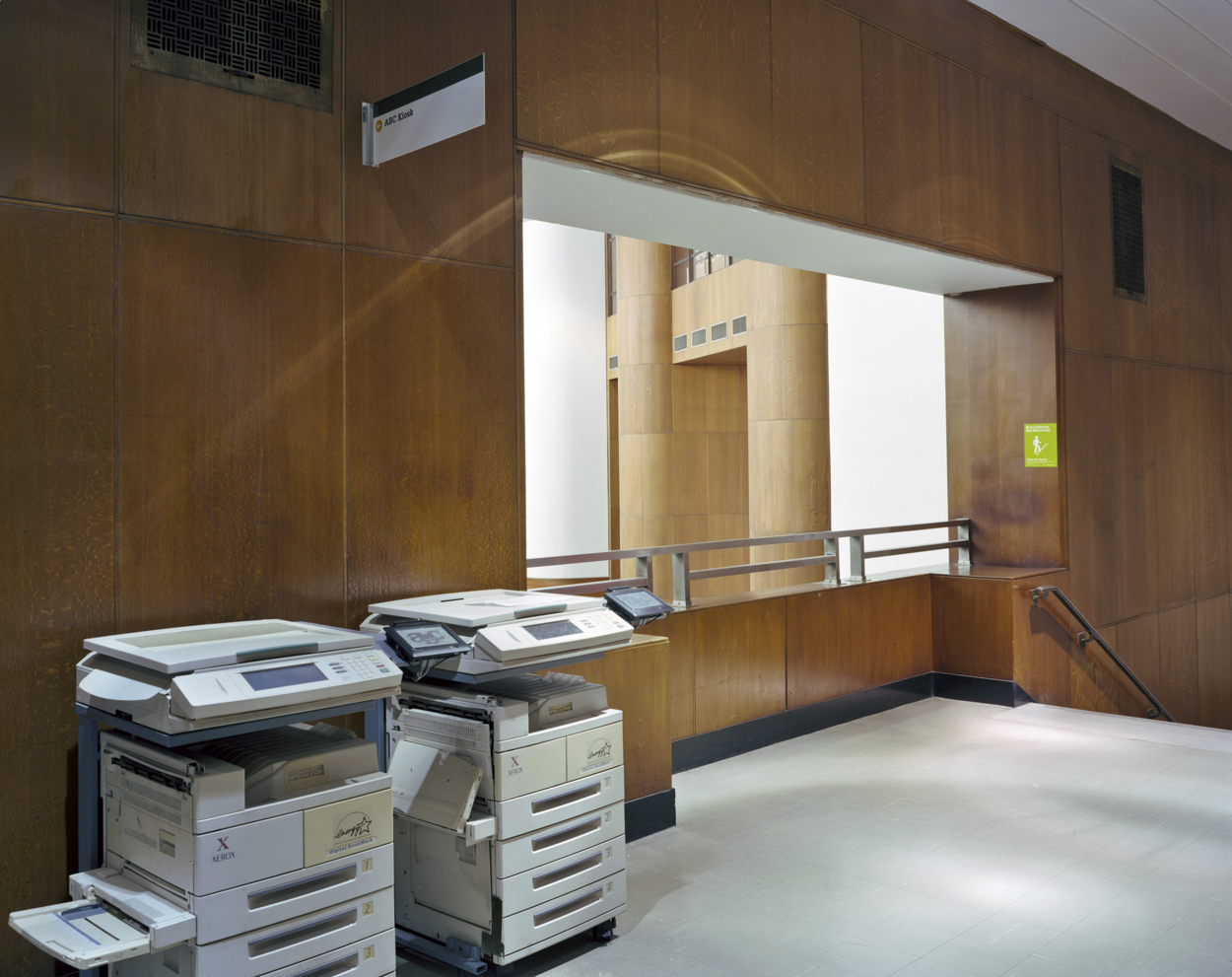 Brooklyn Central Library, Brooklyn
Brooklyn Central Library, Brooklyn
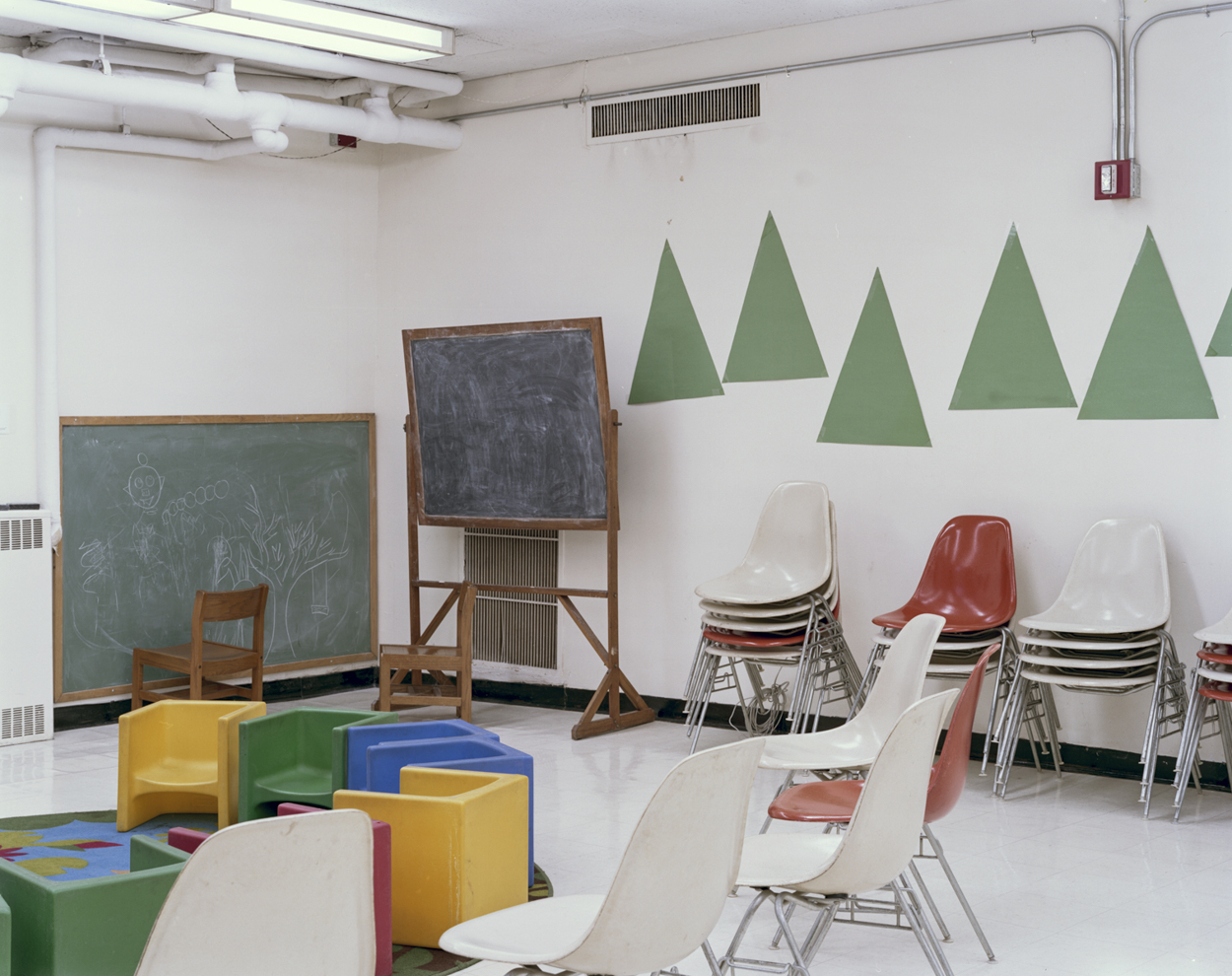 Leonard Branch Library, Brooklyn
Leonard Branch Library, Brooklyn
Reading Room: A Catalog of New York City’s Branch Libraries will be on exhibition at The Center for Architecture from September 22, 2016-January 7, 2017
All photographs © Elizabeth Felicella/Esto
Lit Hub Photography
Photography excerpts are curated by Catherine Talese and Rachel Cobb.










